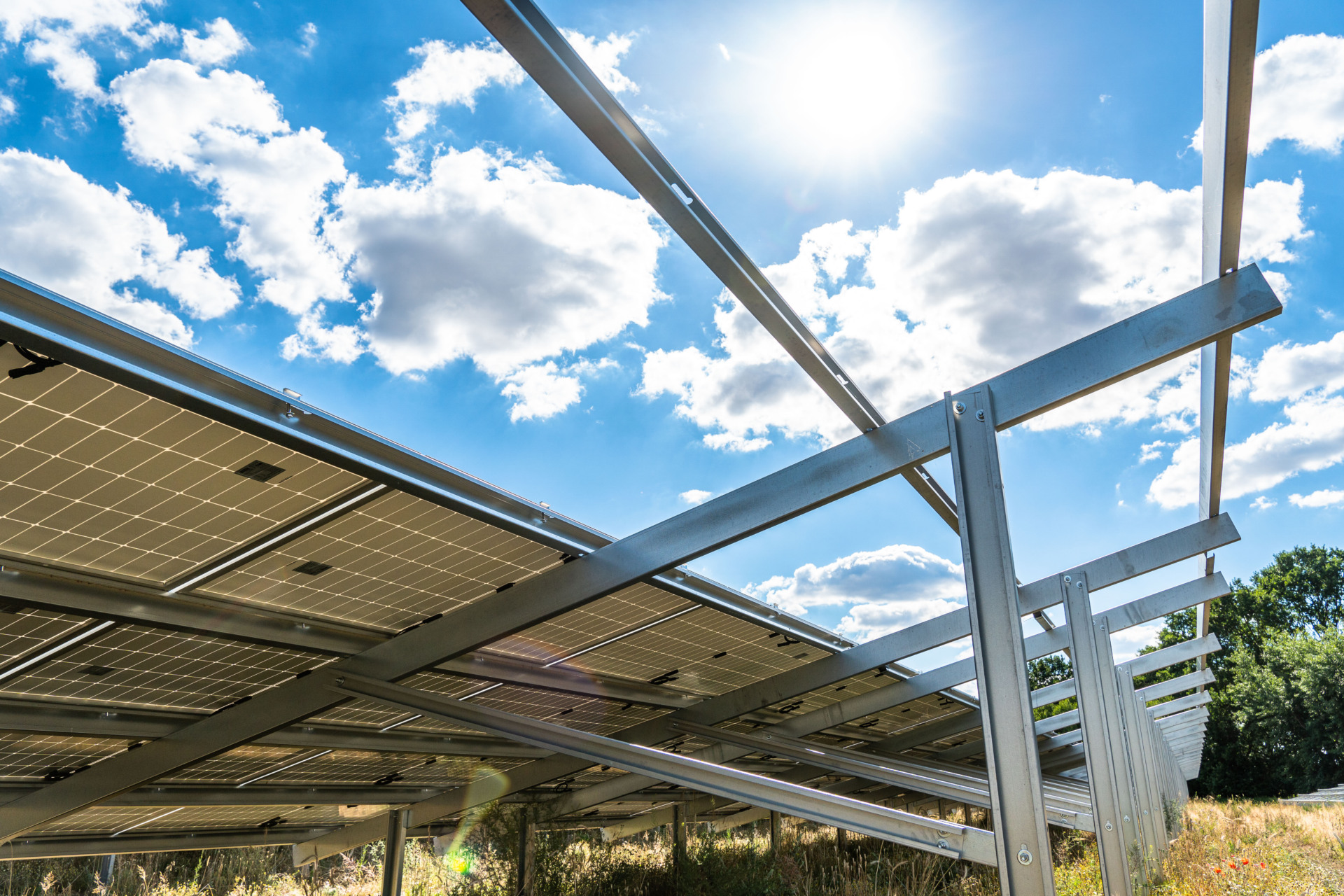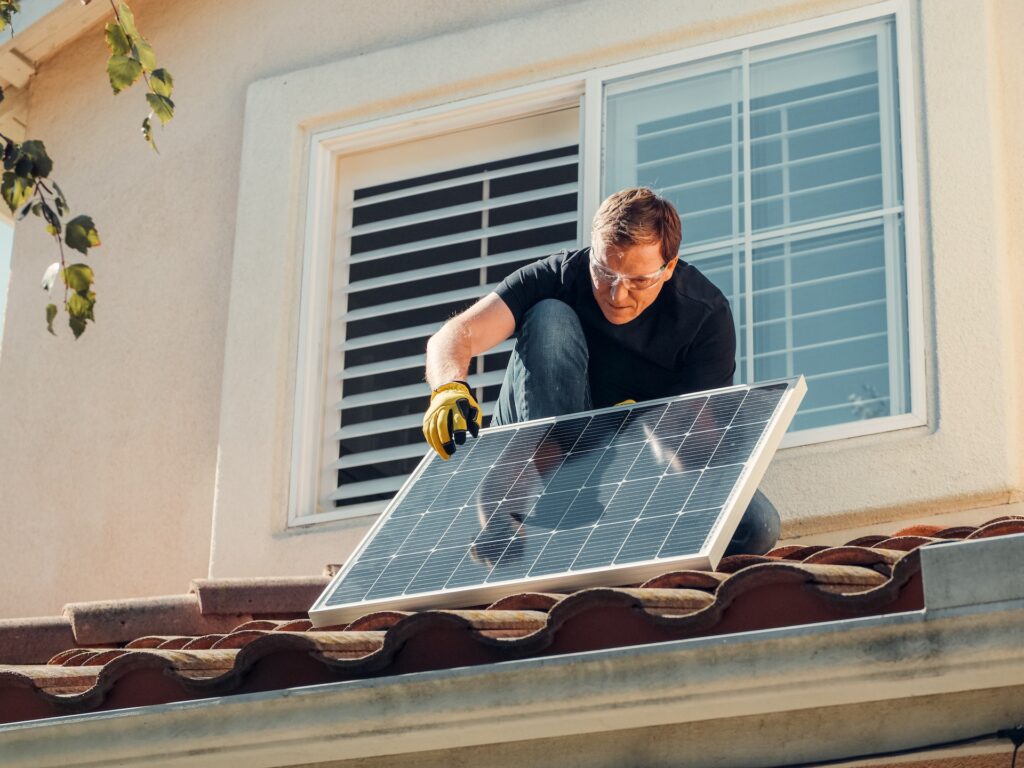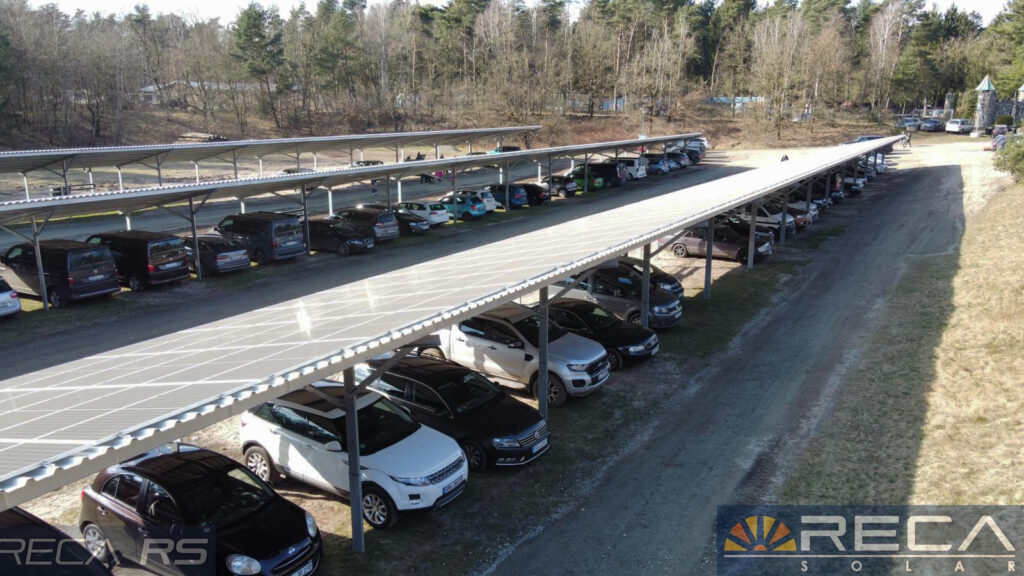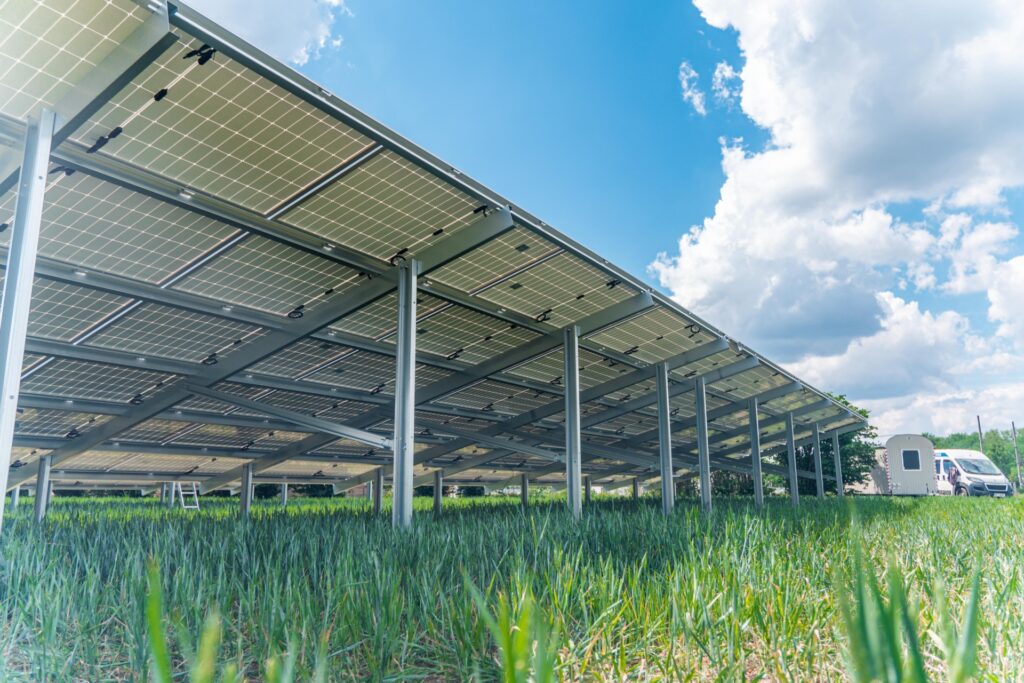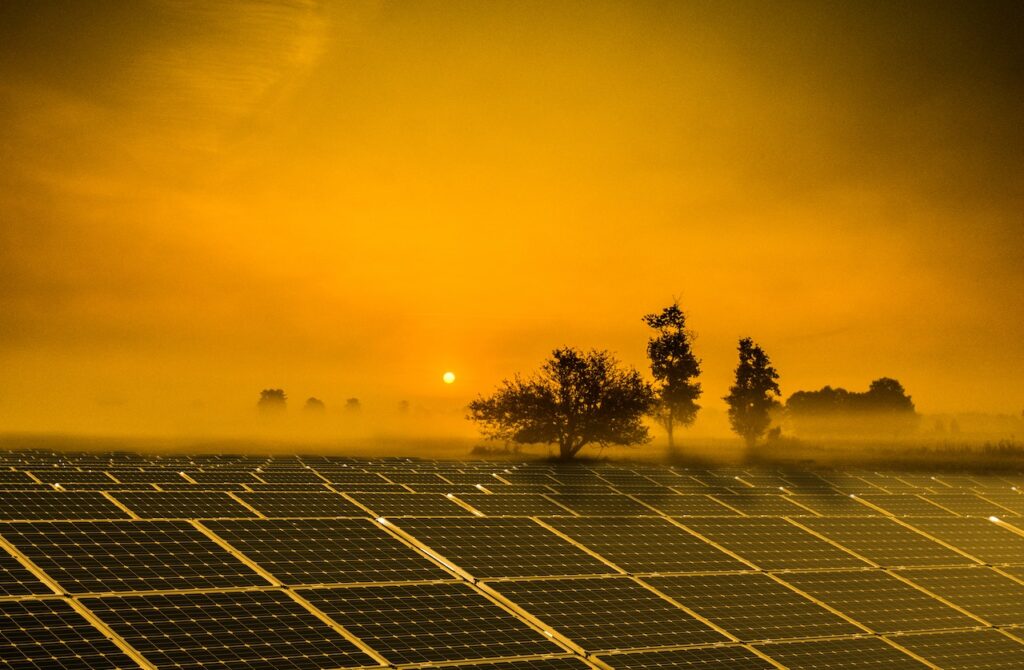How Do PV Mounting Systems Differ?
Reca Solar specializes in the distribution and installation of mounting systems for photovoltaic installations. Our frames are stable structures of various types. We offer not only the highest quality but also variety because we know exactly how different the needs of individual customers can be. Take a look at the most popular types of mounting systems for photovoltaic installations today. We also answer the question of what the main differences are.
Installation on Open Spaces and Roofs
When you decide on the installation of photovoltaic systems, you need to answer some important questions. One of the most important is where the modules should be installed. In private homes, the modules are usually mounted on the roof, but this trend is now changing. The advantages of photovoltaic systems on open spaces are now also recognized by individual prosumers. It is worth noting that PV ground-mounted systems are already standard for commercial use. Of course, this is also the predominant solution for solar parks.
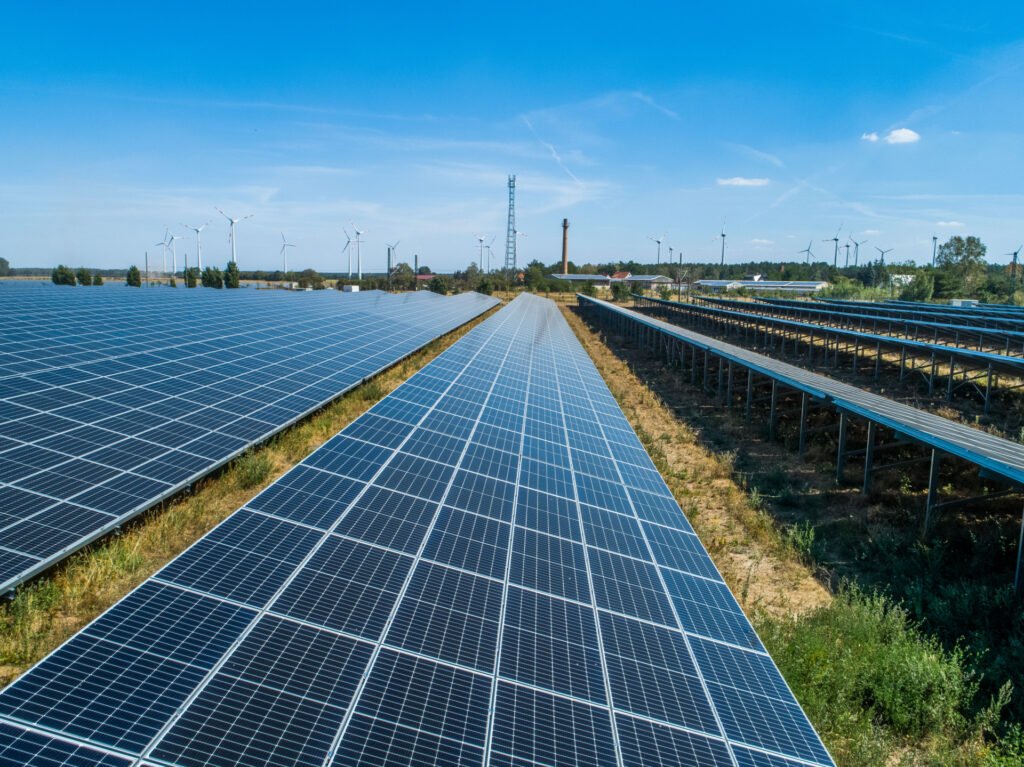
Depending on the installation location, i.e., the type of surface, the most general classification of PV mounting systems is made. But even within the categories of ground-mounted and roof systems, the frames for photovoltaic systems differ significantly, which you can learn about in the further course of this text.
Number of Supports, Size of the Structure, Arrangement of Modules
The frame for a photovoltaic system must be adapted not only to the surface but also to the type and number of photovoltaic modules. This is a decisive factor when it comes to the number of supports for a particular structure. As a rule of thumb: the more supports there are, the higher the resistance to loads. Of course, much also depends on the materials used and the strength of the individual supports. The RECA mounting systems are designed to have high resistance to snow and wind loads thanks to appropriate thicknesses and cross-sections. The use of two-support systems increases stability.
The larger the mounting system, the more panels can usually be attached to it. We offer models that allow the installation of both a few and about a dozen panels in 2 to 6 rows. Nowadays, the most popular system is the four-layer system for modules with a size of up to 1.8 x 1 m, while for larger modules – with a size of over 2 m – we recommend the two-support system.
However, which choice is optimal in a particular situation depends on individual factors, especially site factors.
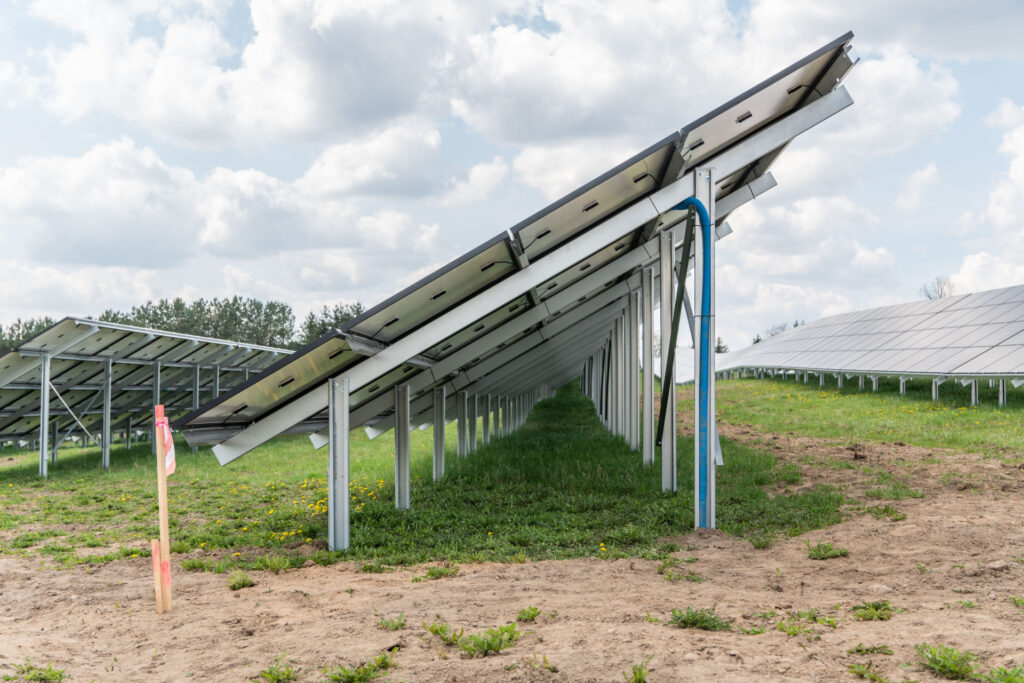
Our frames for photovoltaic panels include systems that allow both horizontal and vertical arrangement of modules. We recommend that a decision in this area is always made by a professional to maximize the efficiency of the PV system.
Mounting Systems for Bifacial Photovoltaic Modules, I.E., Special Solutions
Until recently, when describing the structure of photovoltaic panels, it was written without hesitation that modules are covered with glass only on one side. On the other side, there was a protective foil. Today, such modules are still frequently used, but an alternative has developed in the form of bifacial modules, also referred to as double-glass or glass-glass modules. These are covered with cells and glass on both sides. This solution aims to increase the efficiency of a single module in energy production. Thus, manufacturers also face a challenge because they have to adapt their frames to double-sided PV panels. In the product range of Reca Solar, you will find PV systems that allow you to harness the full potential of double-glass modules, which is possible in two ways:
- The bifacial photovoltaic systems can generate electricity on both sides thanks to their arrangement, which allows the modules to absorb incoming sunlight from both sides.
- PV systems can also be installed vertically, with one side facing west and the other facing east. Thus, electricity is generated from one side in the first half of the day and from the other side in the second half of the day. This solution is often referred to as an East-West PV system.
Our offer is a mounting system for photovoltaic panels that can work in both ways mentioned above. It is well-suited as a system where cells generate electricity on both sides all day long, as well as an East-West photovoltaic system. The multiply supported construction guarantees stability and durability. Therefore, this solution is preferred by solar park owners who place particular importance on maximizing module efficiency.
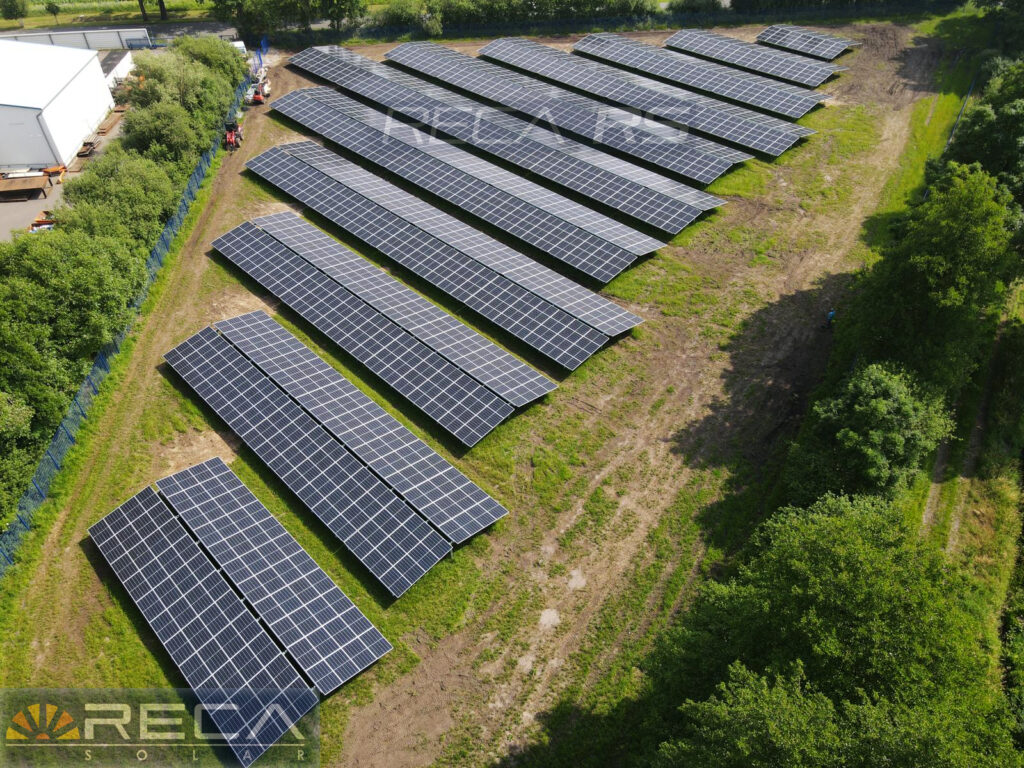
Frame for a Photovoltaic System, I.E., Table or Triangle
Reca Solar Szczecin is a company with a wide range of PV mounting systems. Our offer ranges from classic photovoltaic tables to systems in the form of triangles – https://reca-unterkonstruktion.de/pv-systeme/reca-rs-8/. A table is a flat, one-piece construction used to arrange modules in one direction. The triangular photovoltaic frame, on the other hand, has a two-part structure. It consists of two tables connected at an angle, with each table facing a different direction. This makes it possible to efficiently generate energy at any time of day, regardless of the current position of the sun. Like the aforementioned multiply supported construction, this is a variant of the system referred to as an East-West photovoltaic system. The difference, however, is that in this case, it is not possible to arrange the panels at a 90-degree angle.
What are PV Mounting Systems Made of?
It is good to know that frames for photovoltaic panels can be made from a variety of materials. The standard is metal, which can be of various types. We prefer steel, which guarantees the stability and durability of the system. Other manufacturers know this too, which is why it is now the most popular material when it comes to manufacturing the core of a PV mounting system. The most common is galvanized steel, i.e., steel coated with a layer of zinc for protection against corrosion. At Reca Solar, we have opted for a different solution and replaced zinc with magnesium. Our patented Magnelis coating protects up to 10 times more effectively than conventional galvanization.
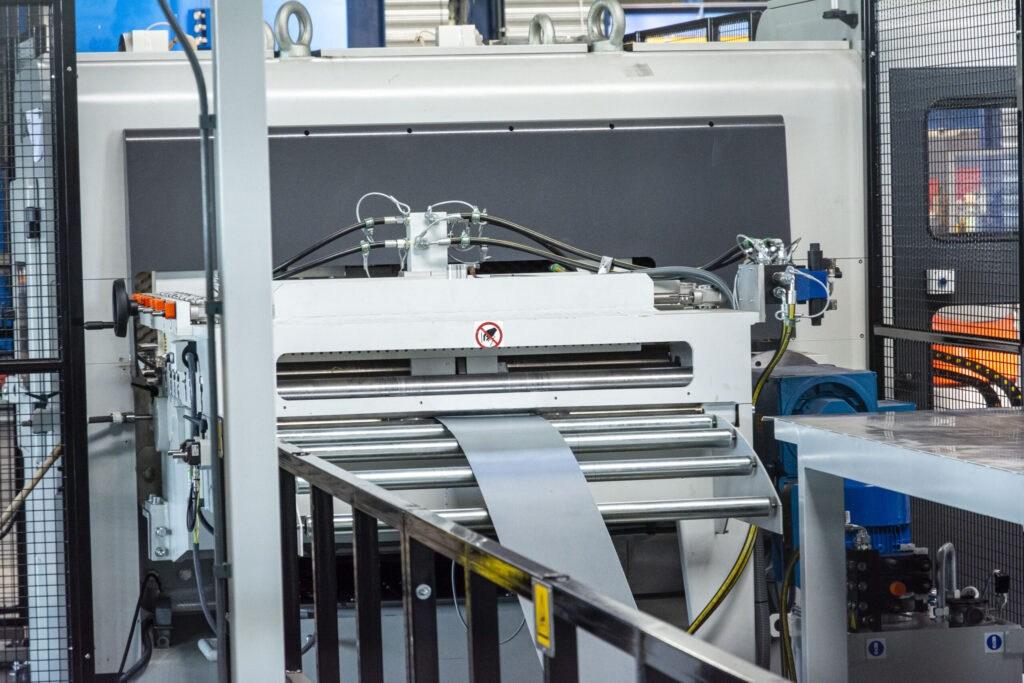
PV mounting systems are diverse, as are the needs of photovoltaic system users. That’s why we decided to create a complete offer that can meet everyone’s needs. Take a look at the different types of photovoltaic mounting systems we offer and choose the best option for you.
